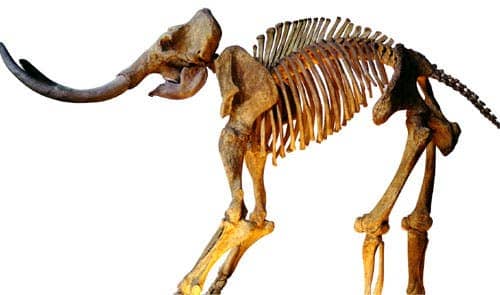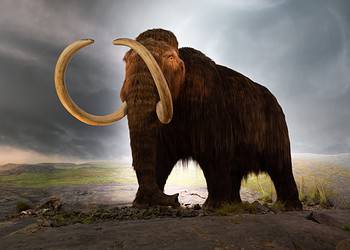Using DNA preserved for 25.000 – 43.000 years in bones from Siberian mammoths, a team of international scientists recreated mammoth hemoglobin and studied it, revealing interesting facts about the fascinating animals.

“It has been remarkable to bring a complex protein from an extinct species, such as the mammoth, back to life,” says Professor Alan Cooper, Director of the Australian Centre for Ancient DNA (ACAD) at the University of Adelaide, where the mammoth haemoglobin sequences were determined. This is true palaeobiology, as we can study and measure how these animals functioned as if they were alive today.”
“We’ve managed to uncover physiological attributes of an animal that hasn’t existed for thousands of years,” says team leader Professor Kevin Campbell of the University of Manitoba, Canada. “Our approach opens the way to studying the biomolecular and physiological characteristics of extinct species, even for features that leave no trace in the fossil record.”
“At the time, I thought ‘what a great idea’ – but it’s never going to work,” says Professor Cooper. “Still, bringing an extinct protein back to life is such an important concept, we’ve got to try it.”
They found out that the mammoth could adapt it’s blood temperature to survive the extreme cold environments in which it lived in, but also to adapt to other hot so hostile climates.
“Three highly unusual changes in the protein sequence allowed the mammoth’s blood to deliver oxygen to cells even at very low temperatures, something that indicates adaptation to the Arctic environment,” Professor Weber says.






